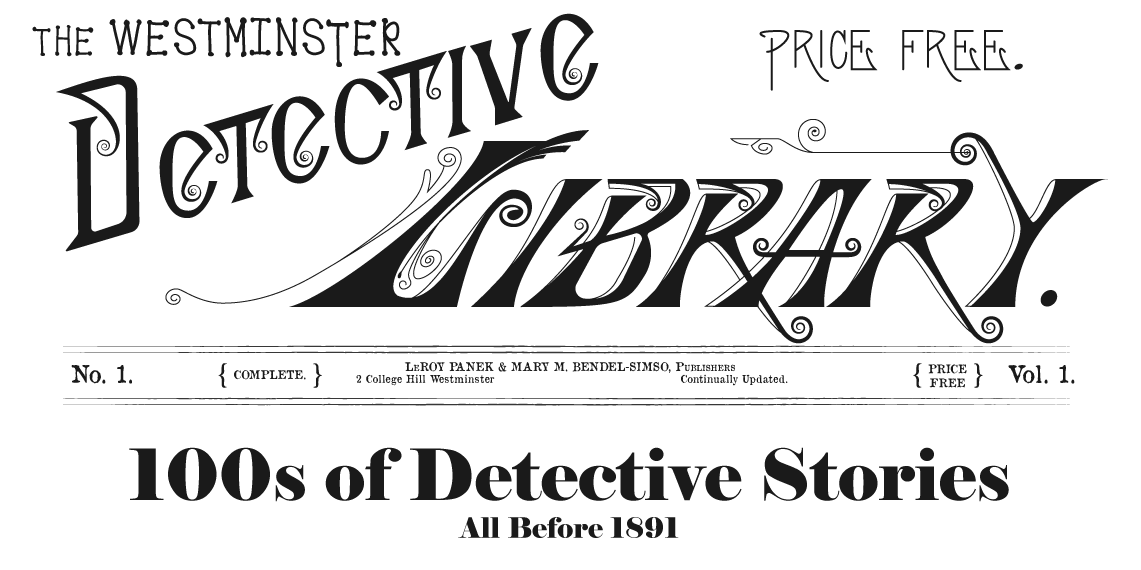A Detective’s Experience
“A Detective’s Experience” (Alpena [MI] Argus, December 15, 1875) was previously published as “The Bandit” (The Daily Picayune [New Orleans LA], April 18, 1869).
Click here to redirect to “The Bandit.”
This story was part of a series titled “A Detective’s Experience” and featuring detectives Mr. F—— and Mr. I—— that was published in the Sunday Daily Picayune from August 1868 to November 1869. Click here to redirect to a list of the stories in this series.
